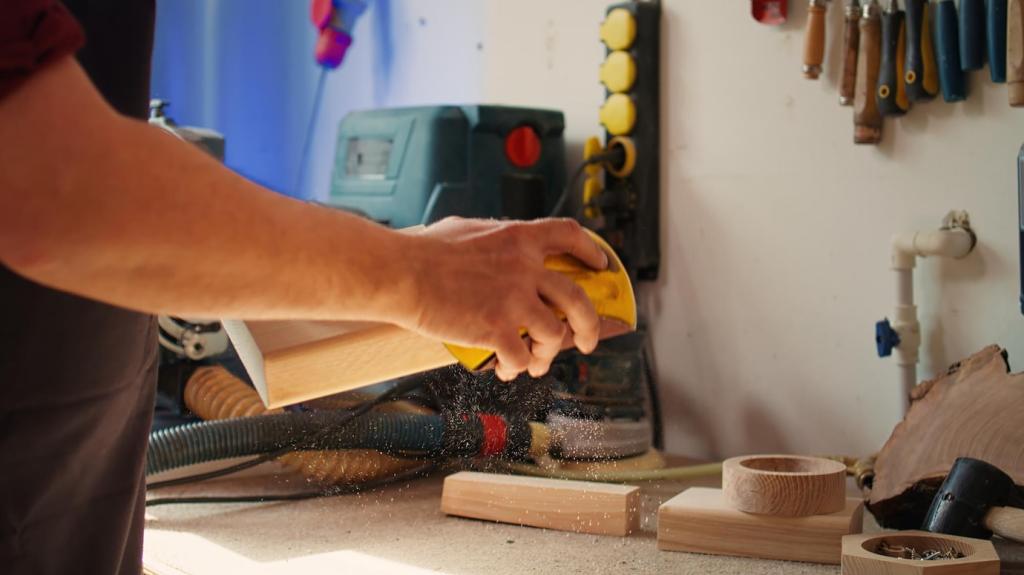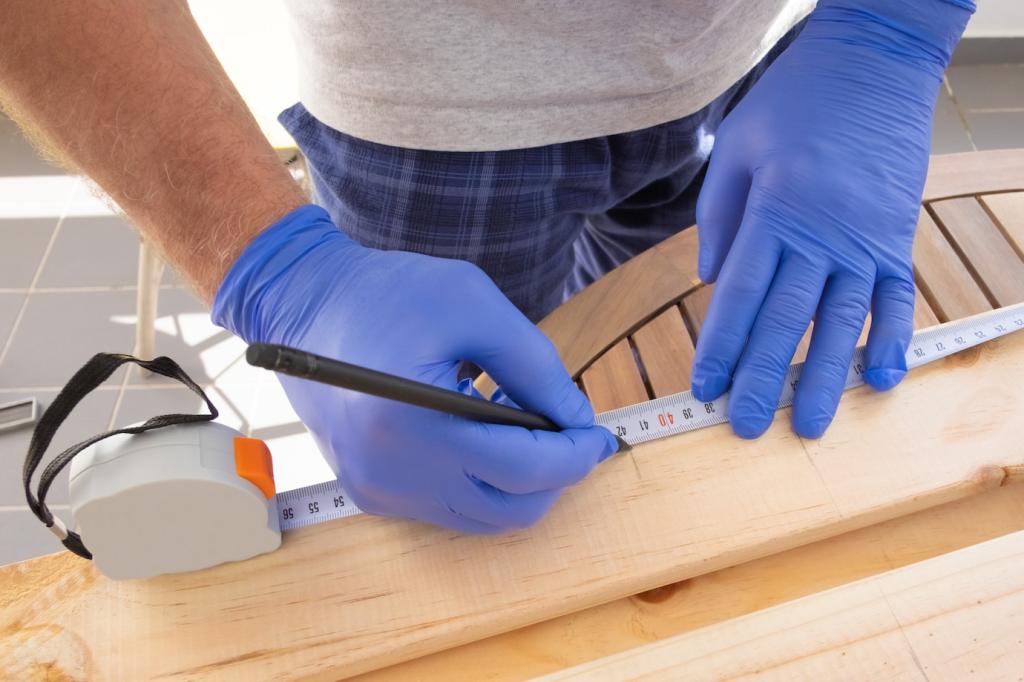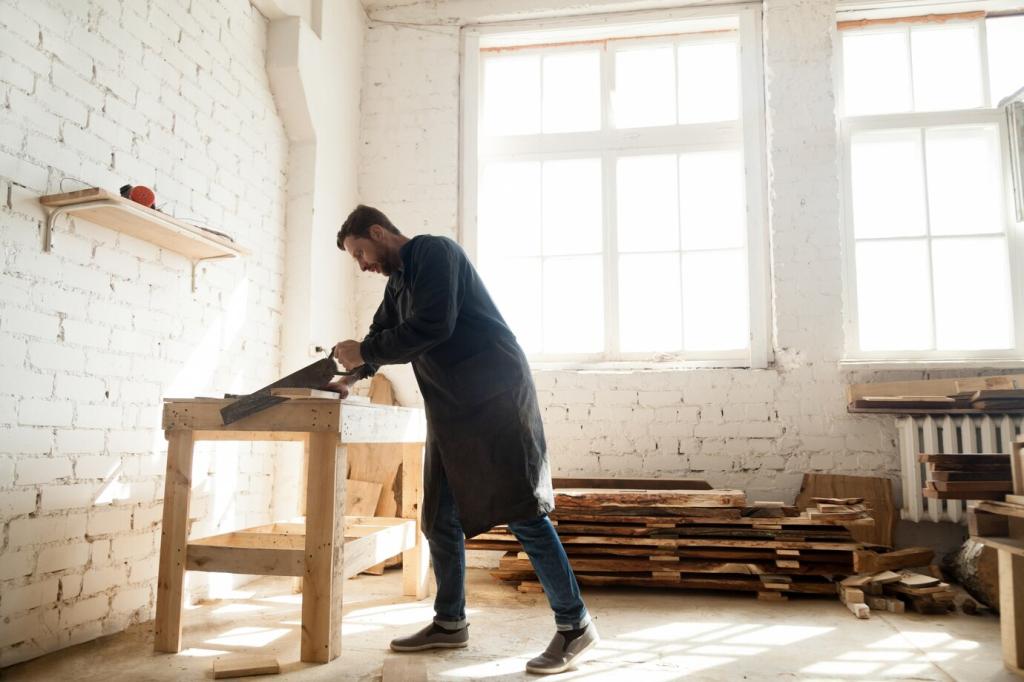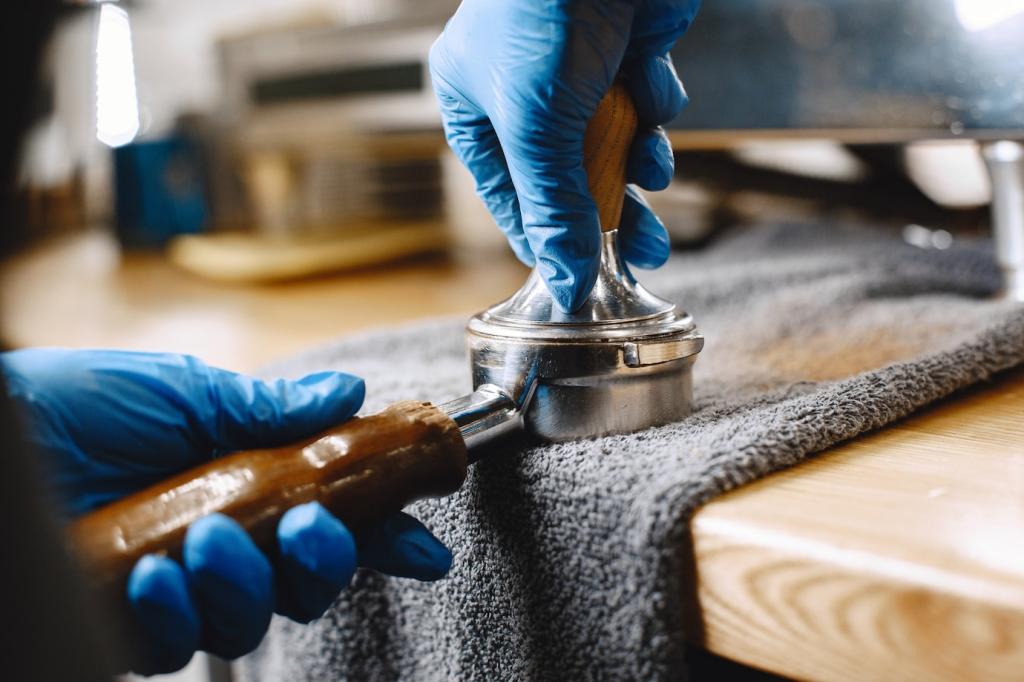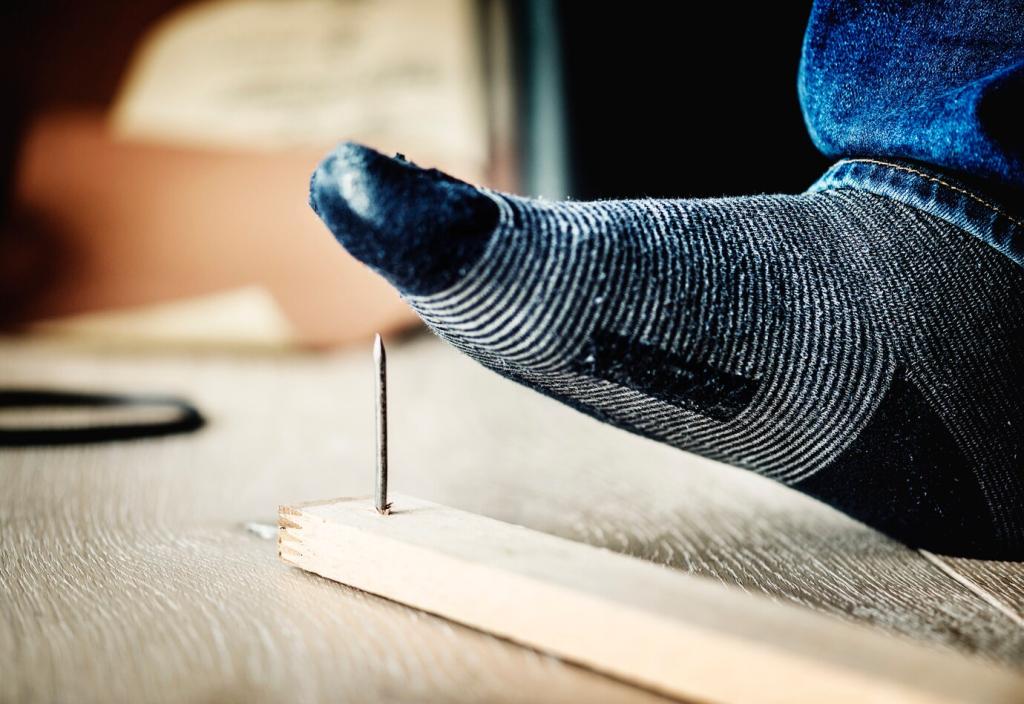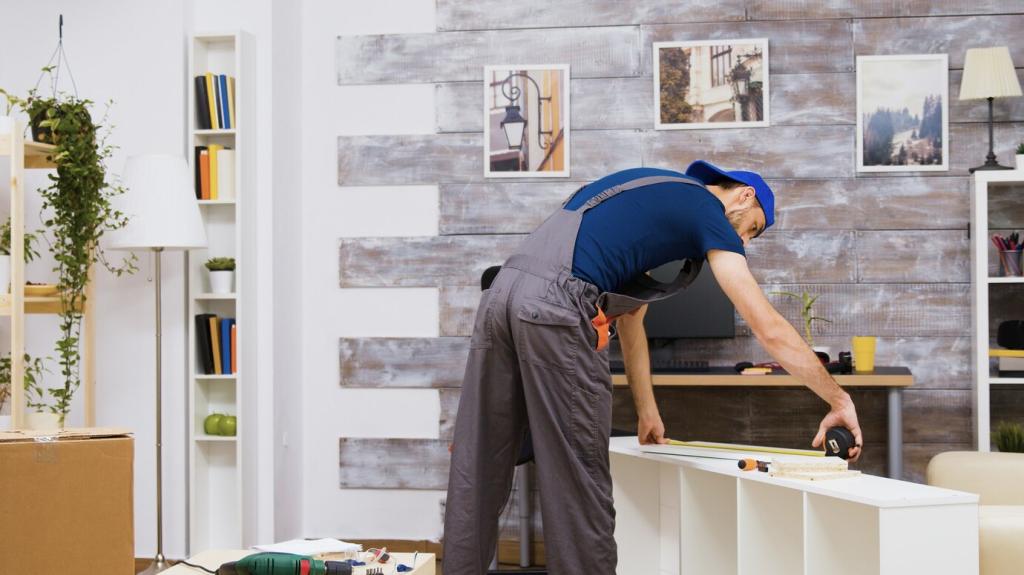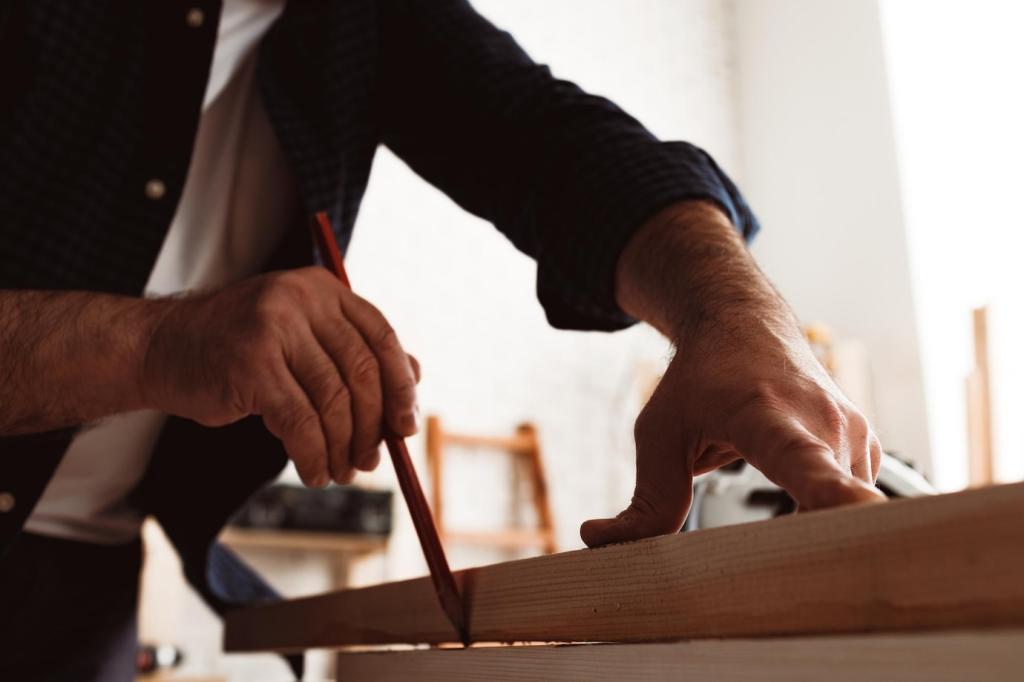Neglecting Routine Care: Crisis Cleaning Is Costly
Weekly quick vacuums, monthly spot checks, and quarterly cushion flips keep wear even and stains manageable. Preventive effort preserves color and texture. Set a recurring reminder now, and post your checklist so others can borrow what works for you.
Neglecting Routine Care: Crisis Cleaning Is Costly
Align deeper maintenance with seasons: spring for allergens, late summer for sunscreen residue, and winter for dry-heating dust. Plan supplies beforehand to avoid improvising with harsh products. Share your seasonal timeline to help readers align schedules and stay consistent.


